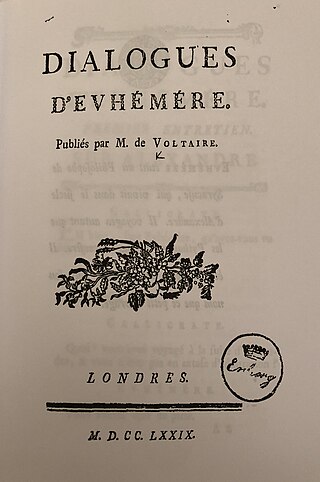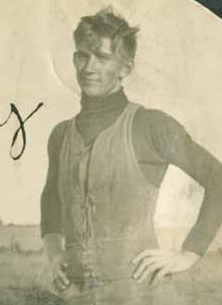Ictinus was an architect active in the mid 5th century BC. Ancient sources identify Ictinus and Callicrates as co-architects of the Parthenon. He co-wrote a book on the project – which is now lost – in collaboration with Carpion.
Callicrates or Kallikrates (; Greek: Καλλικράτης ) was an ancient Greek architect active in the middle of the fifth century BC. He and Ictinus were architects of the Parthenon (Plutarch, Pericles, 13). An inscription identifies him as the architect of "the Temple of Nike" on the Acropolis of Athens (IG I3 35). The temple in question is either the amphiprostyle Temple of Athena Nike now visible on the site or a small-scale predecessor (naiskos) whose remains were found in the later temple's foundations.
Year 424 BC was a year of the pre-Julian Roman calendar. At the time, it was known as the Year of the Tribunate of Crassus, Fidenas, Rutilus and Iullus. The denomination 424 BC for this year has been used since the early medieval period when the Anno Domini calendar era became the prevalent method in Europe for naming years.
Year 425 BC was a year of the pre-Julian Roman calendar. At the time, it was known as the Year of the Tribunate of Atratinus, Medullinus, Cincinnatus and Barbatus. The denomination 425 BC for this year has been used since the early medieval period, when the Anno Domini calendar era became the prevalent method in Europe for naming years.
Year 449 BC was a year of the pre-Julian Roman calendar. At the time, it was known as the Third year of the decemviri and the Year of the Consulship of Potitus and Barbatus. The denomination 449 BC for this year has been used since the early medieval period, when the Anno Domini calendar era became the prevalent method in Europe for naming years.
Year 438 BC was a year of the pre-Julian Roman calendar. At the time, it was known as the Year of the Tribunate of Mamercinus, Iullus and Cincinnatus. The denomination 438 BC for this year has been used since the early medieval period, when the Anno Domini calendar era became the prevalent method in Europe for naming years.
Olous or Olus was a city of ancient Crete; now sunken, it was situated at the present day town of Elounda, Crete, Greece. According to the Stadiasmus Maris Magni, it had a harbour and was located 260 stadia from Chersonasus and 15 stadia from Camara.
Phintys was a Pythagorean philosopher, probably from the third century BC. She wrote a work on the correct behaviour of women, two extracts of which are preserved by Stobaeus.

Sapaeans, Sapaei or Sapaioi were a Thracian tribe close to the Greek city of Abdera. One of their kings was named Abrupolis and had allied himself with the Romans. They ruled Thrace after the Odrysians until its incorporation by the Roman Empire as a province.
Callicrates was a Spartan soldier who was killed at the Battle of Plataea in August 479 BC. He is mentioned by Herodotus as the finest and handsomest man of all the Greeks of his time. He was slain by an arrow just before the armies engaged at Plataea, and while the Greeks were waiting till the signs from the sacrifices should be favourable.

Il conquistatore di Corinto is a French/Italian international co-production 1961 historical drama film set in 146 BC in Greece. Against the backdrop of the Battle of Corinth, this movie is centered on a love story between a Roman centurion named Caius Vinicius and Hebe, the daughter of a local governor with anti-Roman sentiments.

Patroklos or Gaidouronisi is a small, private island located in the Saronic Gulf, Greece. It is situated about 65 km from Athens and 3 km from Sounion and is part of the Attica region.
Arimnestos was the commander of the Plataean contingent at the battles of Marathon and Plataea during the Greco-Persian Wars.
Rhinacloa callicrates is a species of plant bug in the family Miridae. It is found in Central America and North America.

Les Dialogues d’Evhémère is a little-known philosophical dialogue by Voltaire, published in 1777. At the time of its writing he was 83 years old and knew that he was coming to the end of his life: the work is a kind of philosophical testament. Like many other works by Voltaire, it is written in the tradition of Socratic dialogue, where the interlocutors seek the truth together.

Dominic Leo Callicrate was an American college football player and coach.
Callicrates or Kallikrates, was a fleet commander (nauarchos) of the Ptolemaic navy, who served under Ptolemy II Philadelphus during the Second Syrian War from 270 to 250 BC.
Callicrates was an ancient Greek architect.






